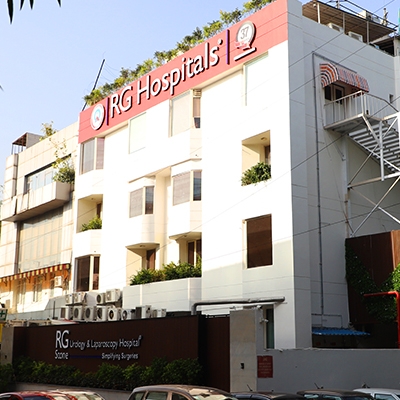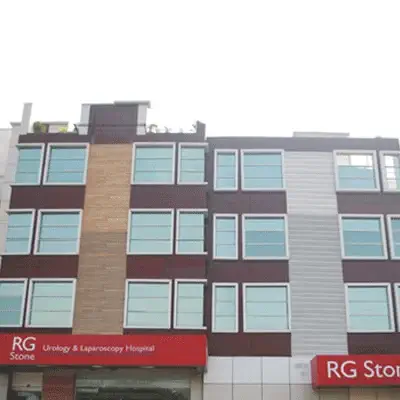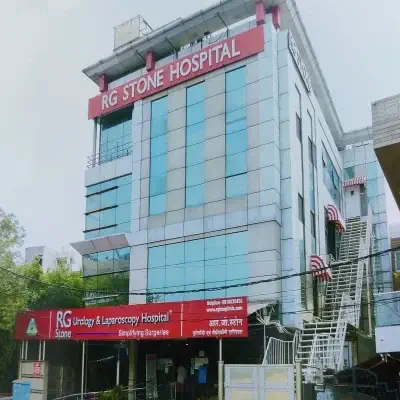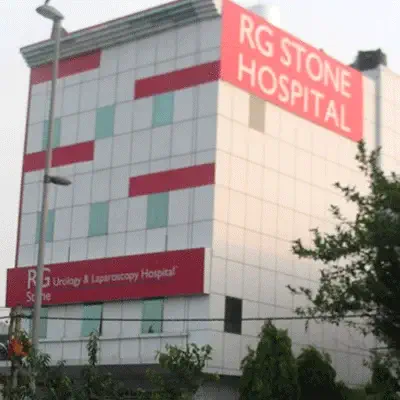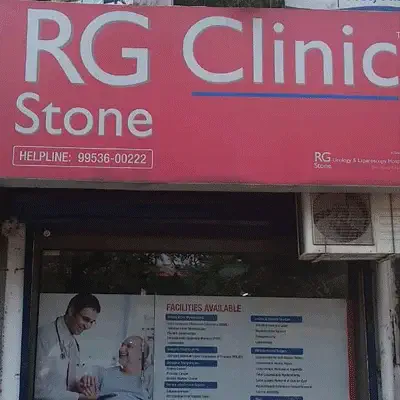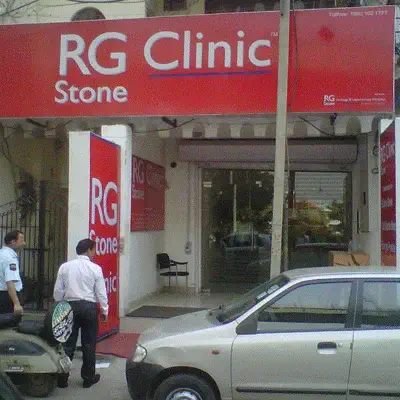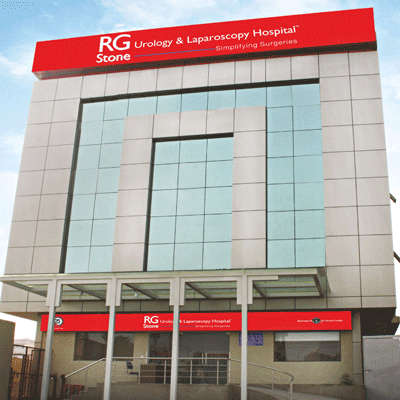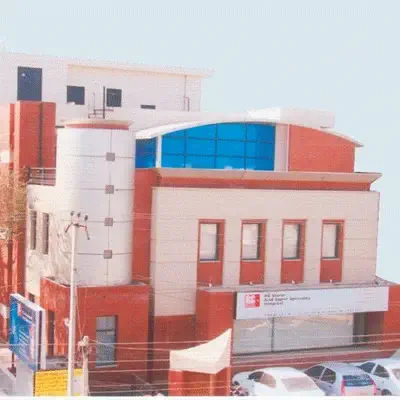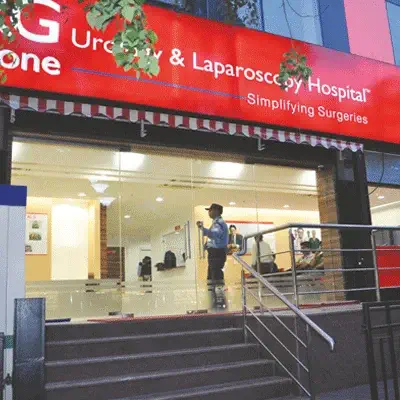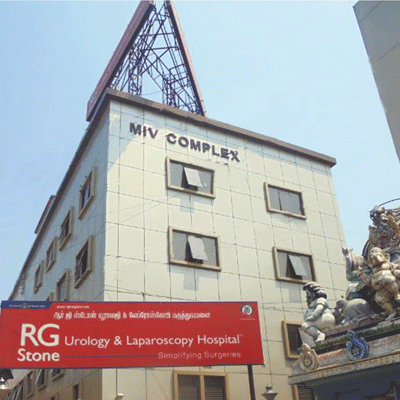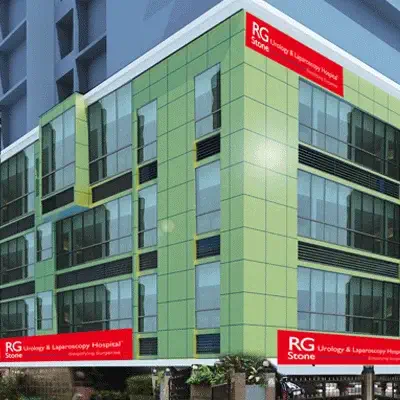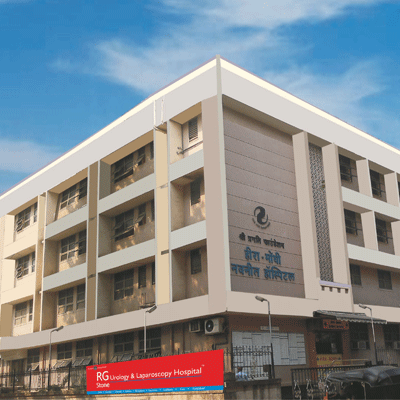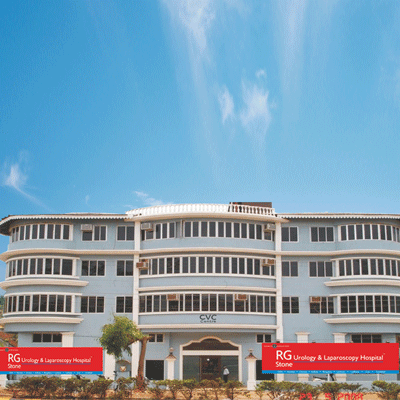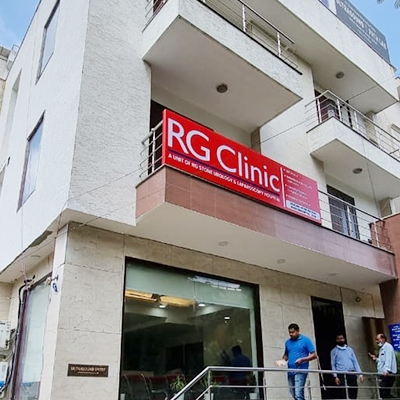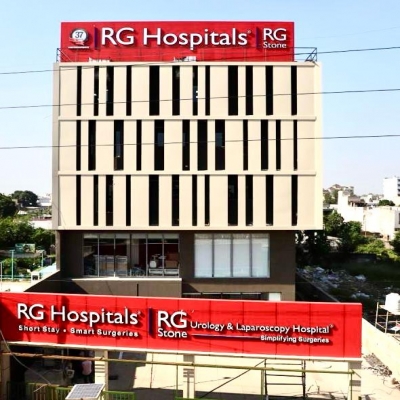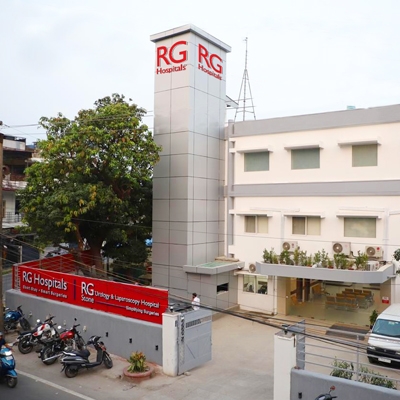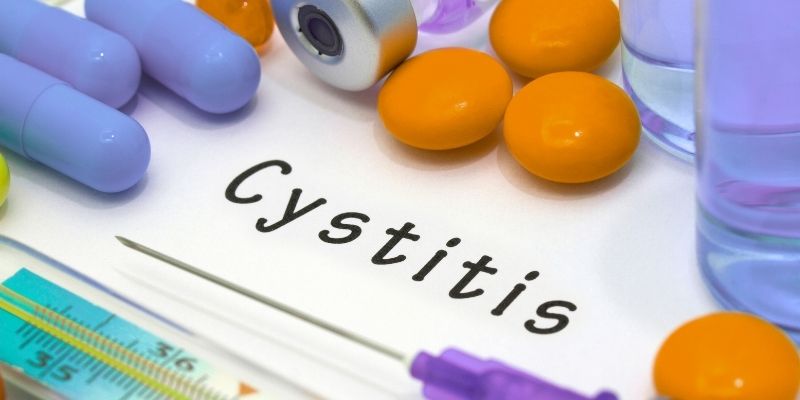Interstitial Cystitis (IC), also known as Painful Bladder Syndrome, is a chronic condition characterized by pain and pressure in the bladder and pelvic area. The exact cause of IC is unknown, but several theories exist. These include a defect in the protective lining of the bladder, an autoimmune reaction, infection, or neurological issues. Some researchers believe that IC may be triggered by a traumatic event to the bladder, such as surgery or severe infection. Symptoms of IC can vary widely but typically include pelvic pain, frequent urination (up to 60 times a day in severe cases), urgency to urinate, and pain or discomfort while the bladder fills. Many patients also experience pain during sexual intercourse. Symptoms may worsen during menstruation or times of stress. The severity of symptoms can fluctuate, with periods of flares and remissions.
Procedures & Interventions
Involves identifying and avoiding foods that trigger symptoms, often through an elimination diet. Common triggers include caffeine, alcohol, artificial sweeteners, and acidic foods, but can vary between individuals.
May include pentosan polysulfate sodium to repair bladder lining, antihistamines for urinary urgency, or pain medications like amitriptyline or gabapentin. The choice of medication depends on individual symptoms and response to treatment.
Involves directly instilling therapeutic solutions into the bladder via catheter. Solutions may include DMSO, heparin, or lidocaine, aiming to reduce inflammation and provide pain relief.
Focuses on pelvic floor exercises, massage, and relaxation techniques to reduce muscle tension and pain. May also include biofeedback to improve muscle control and coordination.
Employs techniques like meditation, yoga, or counselling to reduce stress-induced symptom flares. Can be combined with other treatments for a holistic approach to symptom management.
Uses electrical impulses to modulate pain signals and improve bladder function. Can be applied externally (TENS) or through implanted devices (sacral nerve stimulation).
Involves stretching the bladder with water under anaesthesia to increase capacity. May provide symptom relief for some patients, though the mechanism is not fully understood.
Involves injecting botulinum toxin into the bladder muscle to reduce pain and urgency. Effects are temporary, typically lasting several months before needing repeat treatment.
Reserved for severe, treatment-resistant cases and may include bladder augmentation or urinary diversion. These are major procedures with significant potential complications and are considered last-resort options.
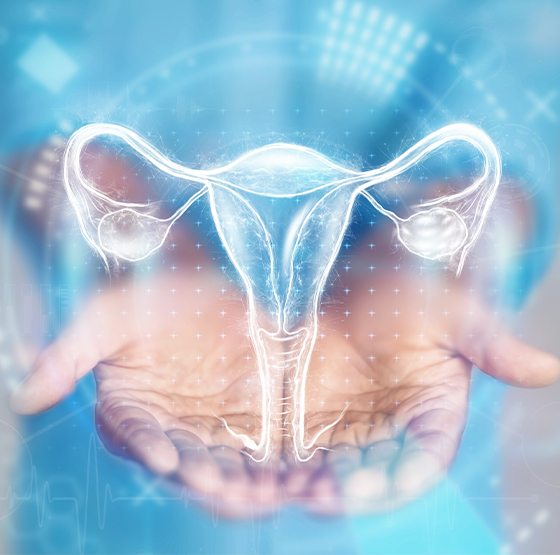
Involves identifying and avoiding foods that trigger symptoms, often through an elimination diet. Common triggers include caffeine, alcohol, artificial sweeteners, and acidic foods, but can vary between individuals.
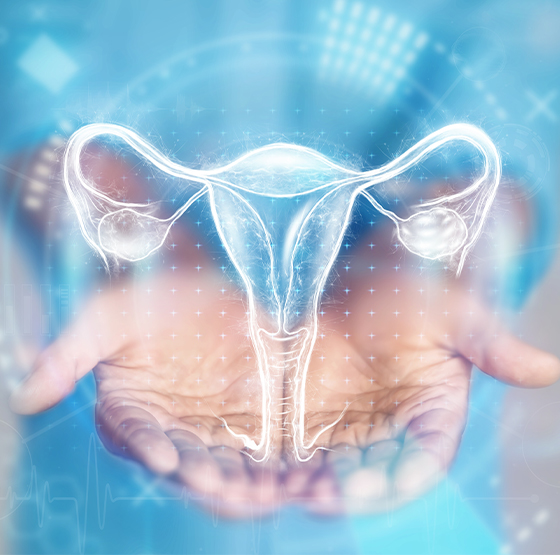
May include pentosan polysulfate sodium to repair bladder lining, antihistamines for urinary urgency, or pain medications like amitriptyline or gabapentin. The choice of medication depends on individual symptoms and response to treatment.
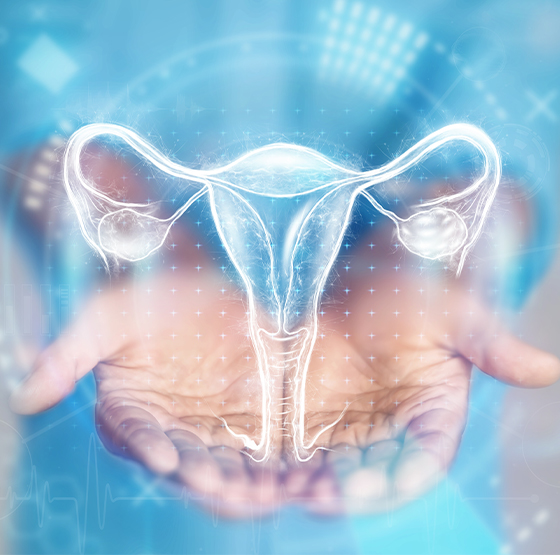
Involves directly instilling therapeutic solutions into the bladder via catheter. Solutions may include DMSO, heparin, or lidocaine, aiming to reduce inflammation and provide pain relief.
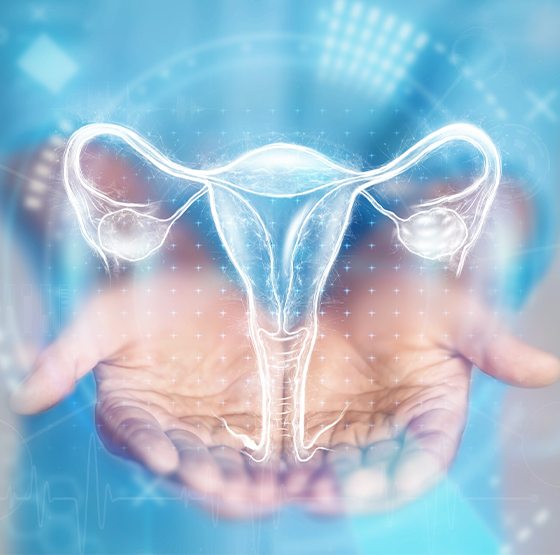
Focuses on pelvic floor exercises, massage, and relaxation techniques to reduce muscle tension and pain. May also include biofeedback to improve muscle control and coordination.
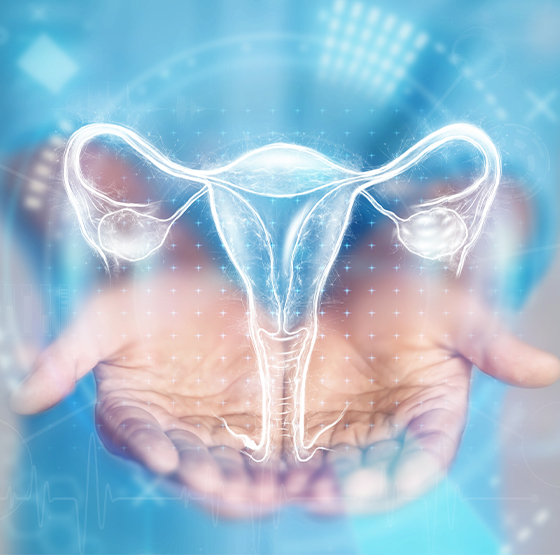
Employs techniques like meditation, yoga, or counselling to reduce stress-induced symptom flares. Can be combined with other treatments for a holistic approach to symptom management.
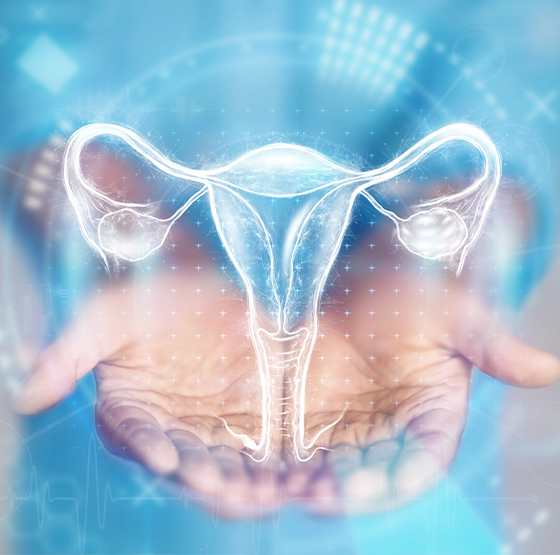
Uses electrical impulses to modulate pain signals and improve bladder function. Can be applied externally (TENS) or through implanted devices (sacral nerve stimulation).
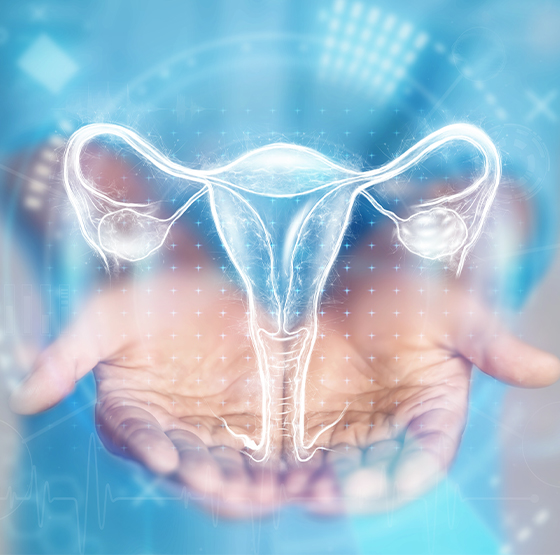
Involves stretching the bladder with water under anaesthesia to increase capacity. May provide symptom relief for some patients, though the mechanism is not fully understood.
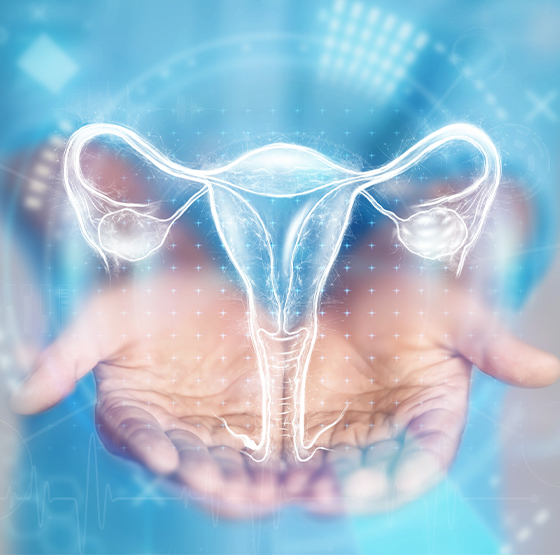
Involves injecting botulinum toxin into the bladder muscle to reduce pain and urgency. Effects are temporary, typically lasting several months before needing repeat treatment.
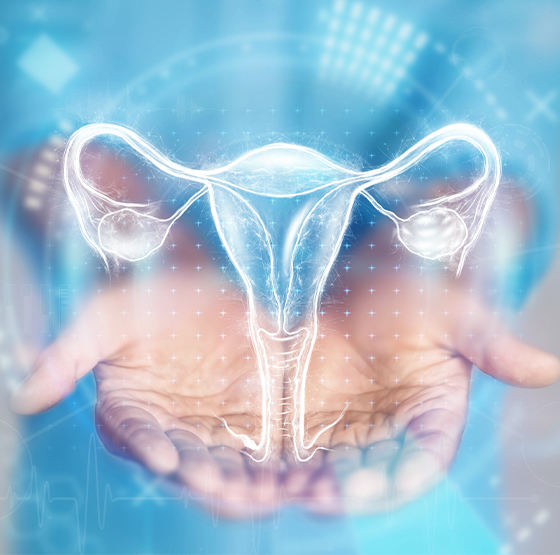
Reserved for severe, treatment-resistant cases and may include bladder augmentation or urinary diversion. These are major procedures with significant potential complications and are considered last-resort options.
Team of Excellence
Behind every recovery story at RG Hospitals is a team of exceptional doctors whose passion for healing and innovation continues to transform healthcare and redefine patient outcomes.
Find a DoctorLooking for an Expert
RG Hospitals is proud to be the home of some of the world's most distinguished doctors.
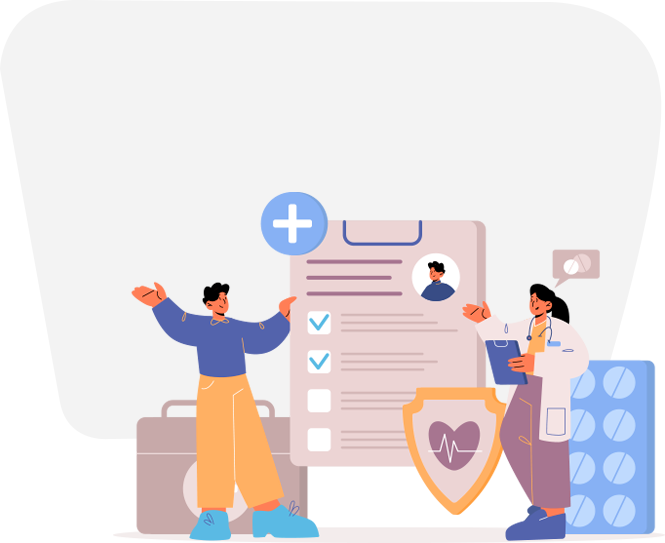
Patient Stories
View AllPatient Testimonial | Commitment To Care
Treated by Dr. Manoj Gupta , RG Stone Hospital, Dehradun
- All Locations
- New Delhi
- Haryana
- Punjab
- Kolkata
- Chennai
- Mumbai
- Goa
- Uttar Pradesh
- Uttarakhand


